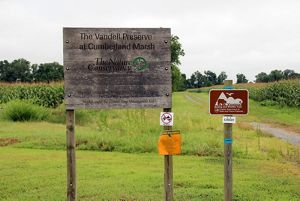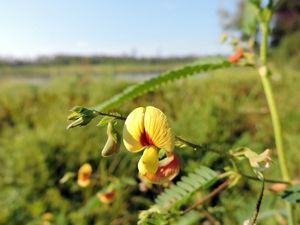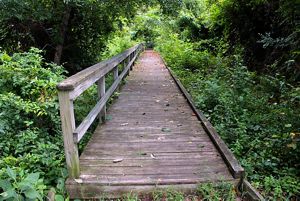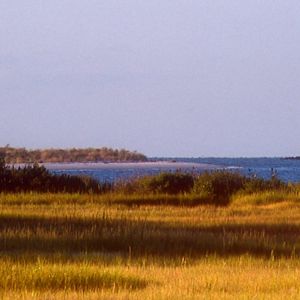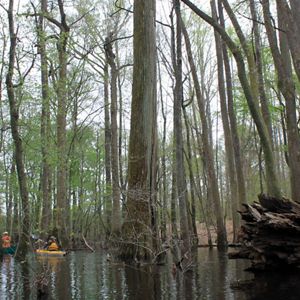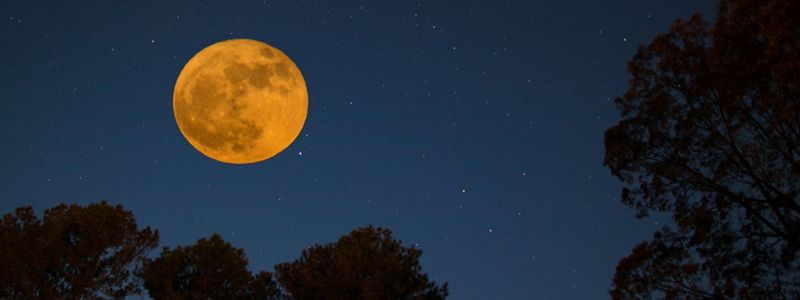Description
Purchased in 1993, Vandell Preserve at Cumberland Marsh is a mixture of freshwater tidal marsh and wooded upland. Located on the southern bank of the Pamunkey River and situated along the Atlantic Flyway, the preserve provides important migratory and wintering habitat for waterfowl. It also has the world's largest population of the rare sensitive joint-vetch (Aeschynomene virginica), a member of the pea family listed as threatened under the federal Endangered Species Act.
The nearest launch site for paddle craft is four miles downstream at the Whites Landing (Lestor Manor) ramp, just downstream of the Pamunkey reservation.
Paddlers are encouraged to plan trips in accordance with tidal currents, which can be very strong along this section of the river.
A set of river maps can be ordered from the Mattaponi and Pamunkey Rivers Association at mpra.org.
Check out recent species observed at Vandell Preserve at Cumberland Marsh on iNaturalist.

